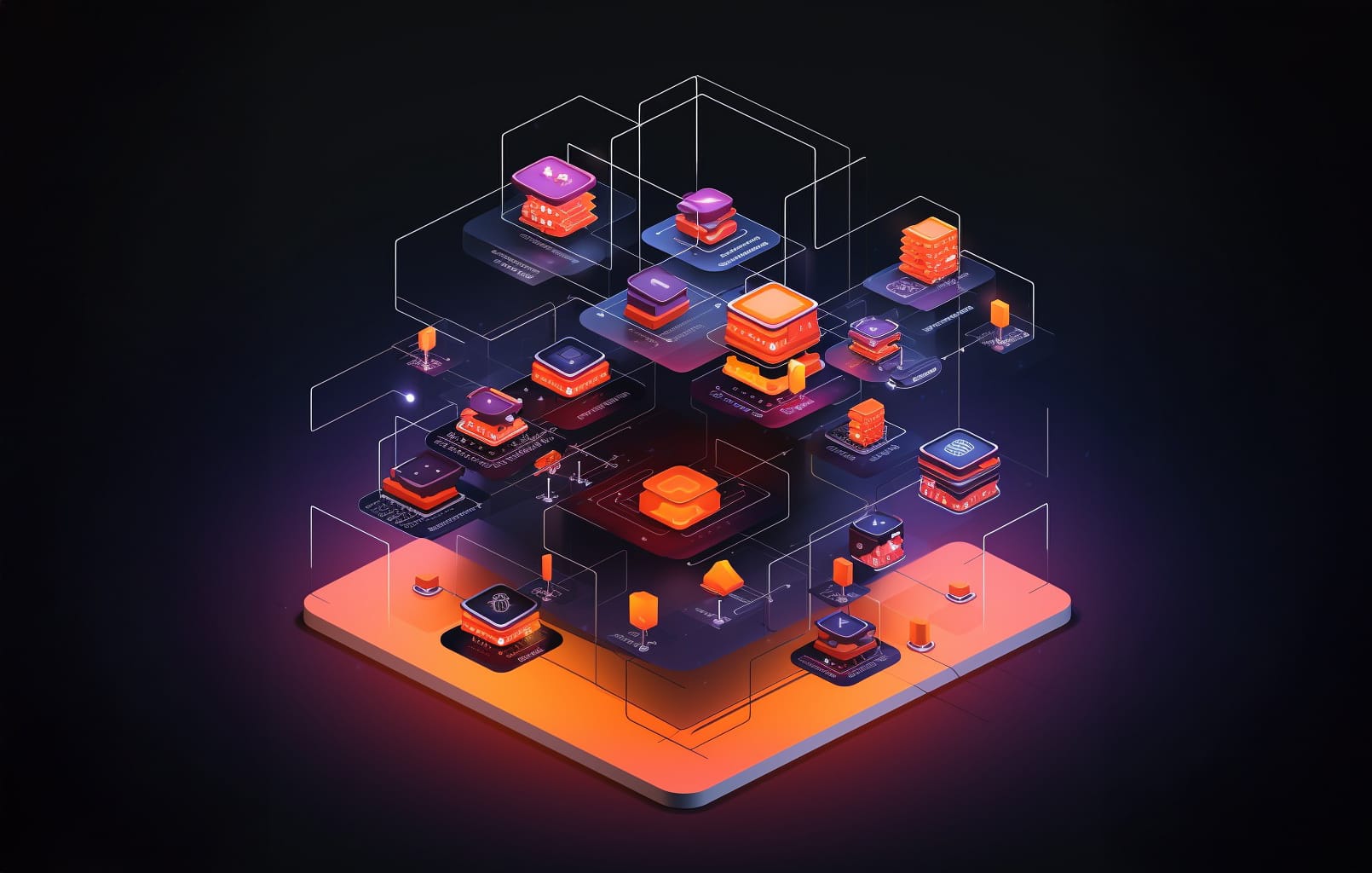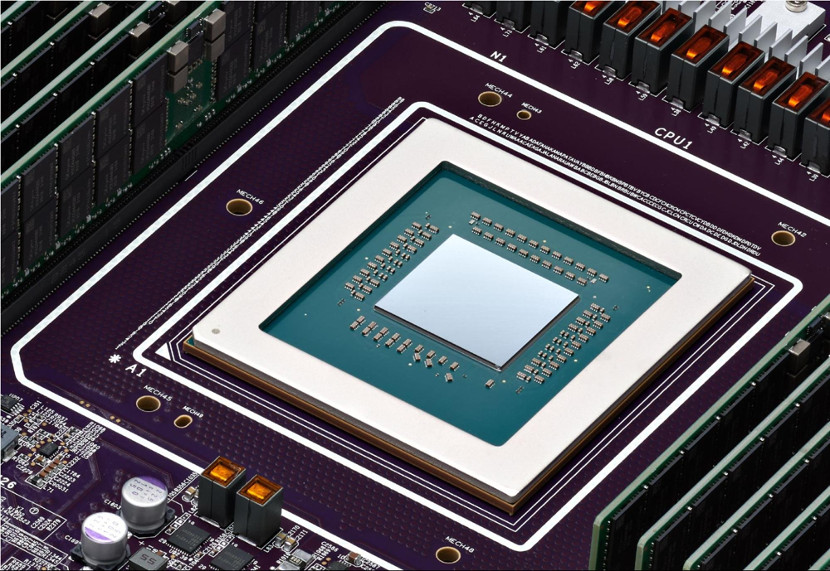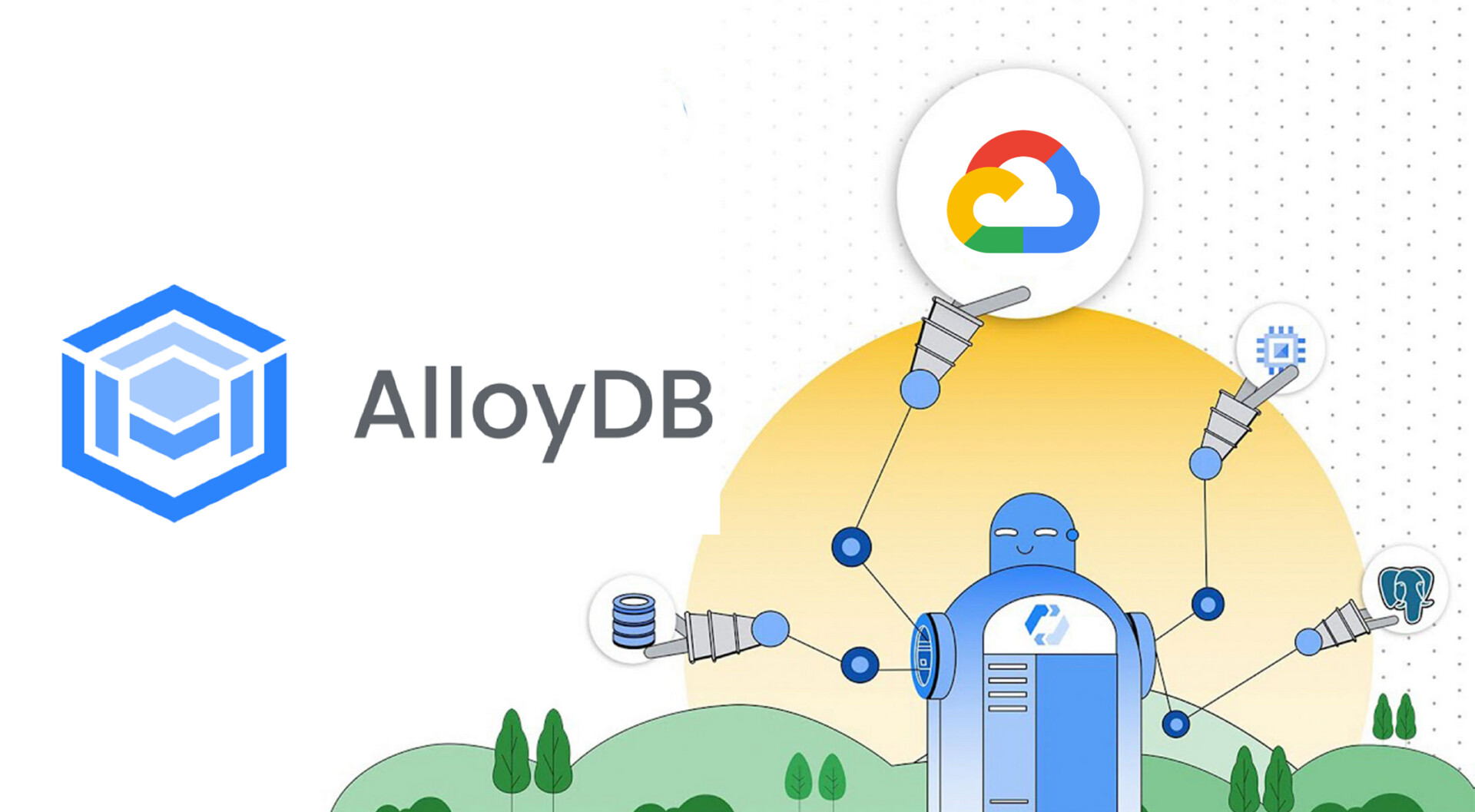Serverless Architecture
Serverless architecture technology is attracting great interest from users in today’s rapidly changing digital world. “What is Serverless Architecture?” is a question that puzzles many people who are curious about this technology. In this article, we will discuss in detail what serverless architecture is, how it works, its advantages and usage areas. You can find an answer to the question of what is serverless architecture and get deeper information about this subject by examining the topics below.
What is Serverless Architecture?
Serverless architecture offers a different approach than traditional server-based infrastructures. Serverless architecture essentially allows you to focus on your code without the need for a constantly running server to run your application. This way, all your functions are automatically scaled and automatically managed. The term “serverless” doesn’t mean that there are no servers, but the burden of managing the infrastructure is on the service provider. In other words, you can focus entirely on business development and business processes without worrying about server operations; you can expect all your server-based needs to be met by your cloud provider.
How Serverless Architecture Works?
Serverless architecture works based on events that trigger functions. For example, when a user wants to perform an operation (for example, uploading an image), this function is triggered and the operation is performed. This avoids unnecessary resource utilization and reduces cost. Your service provider will automatically scale and manage these functions. To elaborate a bit more on this process from the moment the function is triggered;
When the function is triggered, the serverless service provider automatically allocates the required resources. The function is scaled according to the resources needed and the operation is performed. Once the operation is complete, the used resources are released. This approach helps to reduce cost and ensure more efficient use of resources. By avoiding unnecessary resource consumption, developers can deliver lower cost and faster service. The way serverless architecture works offers a huge advantage for developers who want to manage and deploy functions more effectively. Thanks to its benefits such as scalability, cost-effectiveness and ease of management, serverless architecture is gaining more and more popularity.
Serverless Architecture Advantages
Serverless architecture has many distinct advantages over traditional methods:
- Scalability: In a serverless architecture, functions scale automatically according to need. Even in situations of increasing user demands or high traffic, functionality scales quickly. This approach enables you to provide your users with uninterrupted and high-performance service, whatever the situation.
- Cost: Compared to traditional server-based infrastructures, in serverless architecture you only pay for the resources you use. Since resource utilization is reduced when functions are not active, you avoid unnecessary costs and can realize a huge savings for your business.
- Ease of Management: Serverless service provider takes care of infrastructure management. You don’t have to think about server configuration, security updates and infrastructure issues. This is actually one of the main reasons why many users prefer serverless architecture.
Serverless Architecture Use Cases
Serverless architecture offers a wide range of uses in different areas:
- Web Applications: Web sites and applications become fast and scalable thanks to serverless architecture.
- Data Processing: Big data processing tasks can be managed more efficiently with serverless architecture.
- Backend Services: Backend services such as user authentication, file storage can be implemented serverless.
The Google Front of Serverless Architecture: Google Cloud
Google Cloud is positioned as the first choice of many users for serverless architecture by offering comprehensive solutions to developers who want to adopt serverless architecture. With the methods developed with the serverless approach offered to you within Google Cloud, you can deploy your applications faster and more efficiently, and manage your functions more effectively. You can briefly examine the advantages offered by Google Cloud in serverless architecture under the following headings and get enough information about the subject:
Google Cloud Functions
Google Cloud Functions allows you to run your application functions in a serverless architecture. Functions are run in response to triggers you specify (for example HTTP requests). This ensures that your functions run only when they are needed and avoids unnecessary resource consumption.
Google Cloud Run
Google Cloud Run is a container-based serverless service. You can package your applications using Docker containers and run them on Google Cloud Run. In this way, you can deploy and scale your applications quickly.
Firebase Cloud Functions
Firebase is known as the development platform for mobile and web applications and you can manage your application functions with Firebase Cloud Functions service in serverless architecture. With Firebase, you can customize your applications more effectively and improve the user experience.
Google Cloud Storage
Google Cloud Storage meets your data storage needs in a serverless architecture. You can securely store your files and access them when needed. In this way, you can enable your functions to manage data easily.
Google Cloud’s serverless services help you reduce costs while streamlining your application development processes. Combined with the advantages of rapid scalability and ease of management offered by serverless architecture, Google Cloud is a powerful option for developers.
Frequently Asked Questions About Serverless Architecture
Is serverless architecture suitable for all types of applications?
Yes, serverless architecture is suitable for different types of applications. However, it is especially favored in applications that require fast scalability.
Which service providers offer serverless services?
Major service providers such as Amazon Web Services (AWS), Microsoft Azure and Google Cloud offer serverless services.
What is the difference between serverless and microservices architecture?
In microservice architecture, the application is divided into different components and each component runs as a separate service. Serverless is a function-based approach.







